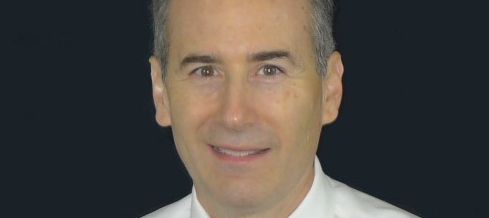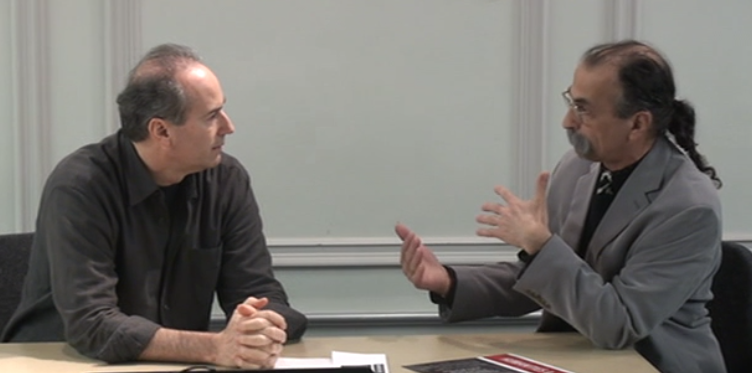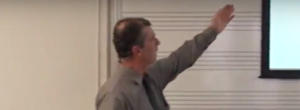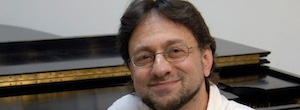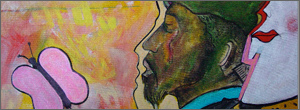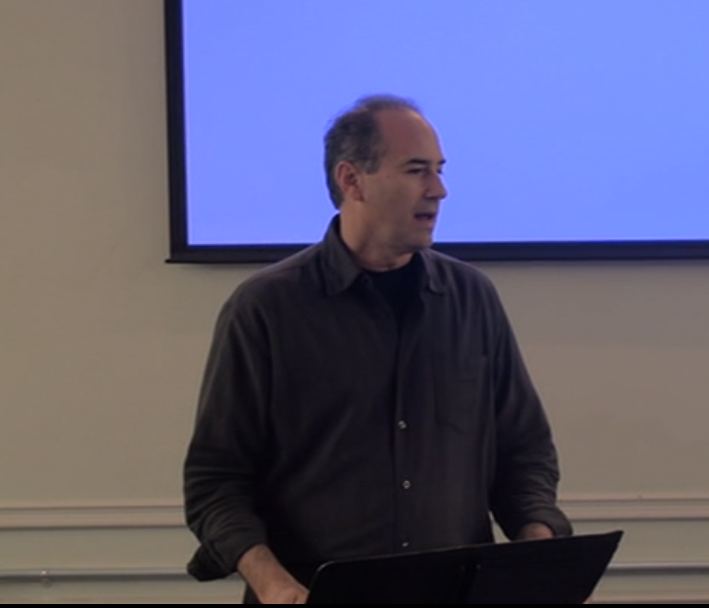
ABOUT GARY CARNER…
Born in New York City in 1955, Gary Carner first heard jazz at home in suburban New Jersey. After growing up in Teaneck, Carner left for college in Minnesota, where he met future Blue Note GM Tom Evered. "Much of my early jazz listening was when I was an undergraduate at Macalester College," said Carner. "Tom Evered had an enormous jazz collection and he let me borrow anything I wanted. For years, I immersed myself in jazz, and, thanks to Tom, I got a really great foundation." Carner took a leave of absence and traveled abroad before resettling in New York. "Traveling in Europe for seven months was a huge turning point for me," said Carner, "because I left college not knowing what I wanted to do, but I found myself going from city to city, visiting jazz clubs. After a while I finally noticed the tendency, so moving back to New York made the most sense." From 1978-1985, Carner studied music and listened to a lot of jazz. "I lived most of that time in New Jersey. Gulliver's (in West Paterson) was an important jazz club at that time, and I heard a lot of great players there," said Carner. "I was also very fortunate to finish my degree at Fairleigh Dickinson University, because there I met my first significant mentor, guitarist John Varner, with whom I studied privately for seven years. Professor Varner taught me a lot more than how to play an instrument," added Carner. "He taught me the subtleties of music, the things that make music really special, such as phrasing and dynamics--terraced dynamics, how to arch phrases, how phrases breathe and resolve. Even in some truly great jazz soloists today, this seems to be completely absent." After graduation in 1982, Carner attended a full year of supplemental music classes at City College of New York. "They had a really good jazz program at that time, and I could commute there very easily by bus and subway," said Carner. "I felt I still needed to round out my musicianship, so I took two semesters of hard-core dictation, ear training, and jazz harmony with Stanley Persky and Bob Norden, two very gifted teachers, plus jazz history classes with John Lewis and Ron Carter. (Saxophonist Frank Griffith was in Carter's class with me.) I also did an independent study with poet Barry Wallenstein, who really taught me how to write." "It was Barry, my second significant mentor, who persuaded me to pursue a masters degree in English at City, leaving music performance behind," Carner continued. "Meeting my wife notwithstanding, this turned out to be the biggest turning point of my life, because I wanted to write a jazz biography, and I was able to do my thesis on a jazz musician, kind of a thumbnail biography, if you will. As things turned out," Carner said, "my subject became Pepper Adams! I had the enormous privilege of interviewing Adams at length, while getting to know him during the last two years of his life. Besides working with him on his memoirs, he was kind enough to write me a letter of recommendation to Tufts University, where I went on, in 1985, for yet more academic training, studying with Lewis Porter."
"Professor Varner shaped me as a musician, Professor Wallenstein shaped me as a writer, and Professor Porter shaped me as a researcher," said Carner. "I was Lewis Porter's only graduate student. This was when his Lester Young book had just gotten published, before he was recruited by Rutgers, and before he became America's busiest jazz pedagogue. It was a very special time. He completely shaped the way I understood jazz history and jazz historiography.
Porter recommended me for my first book, Jazz Performers, and he recommended me to Martin Williams at the Smithsonian, from whom I received a contract for my Pepper Adams work, that was supposed to kick off a new jazz series. At Tufts, Carner did his second thesis on Pepper Adams, as well as articles for scholarly publications. "It was a busy time, to say the least," Carner remembered. "Besides all the work, I also had my own 4-hour, Sunday jazz radio program, but I got out to hear some terrific jazz too, because this was a great time in Boston's jazz history." There were lots of clubs in the '80s: The 1369 Club, the Willow, and the Regattabar had opened in nearby Harvard Square. Nearly every weekend, Carner headed down to the Regattabar to interview a musician about Pepper Adams, or to conduct a phone interview from home. It was thrilling to hang out with heroes, such as Tommy Flanagan, who Carner got to know rather well, or to spend time with George Mraz, John Hicks, Hank Jones, Kenny Burrell, and so many other legendary players. Researching Pepper Adams gave Carner entree into the inner sanctum of jazz, because Adams wasuniversally admired as both a person and a musician. Moreover, everyone knew Carner's heart was in the right place, because he was writing about a great musician that never received the acclaim he deserved, and the work was a labor of love, not motivated by money. During this period Carner also started teaching jazz history, most notably at Assumption College in Worcester. He was appointed Jazz Historian of the Worcester Jazz Society and he also organized a symposium at assumption on the music of Billy Strayhorn.
After the birth of his daughter, in 1991 Carner moved his family back to New Jersey, where he started doing a series of sales jobs while adjunct teaching jazz history at Mannes College, and, later, at the New School. He continued to research Pepper's life and work, though he withdrew his contract from the Smithsonian after Martin Williams' death. Originally an appendix for the biography, the Adams discography alone had become a book by itself, especially once transcribed interview material with leading jazz musicians--material too nuanced to be included in a full-length biography--was added.
Additional Content:
Pepper Adams Website


